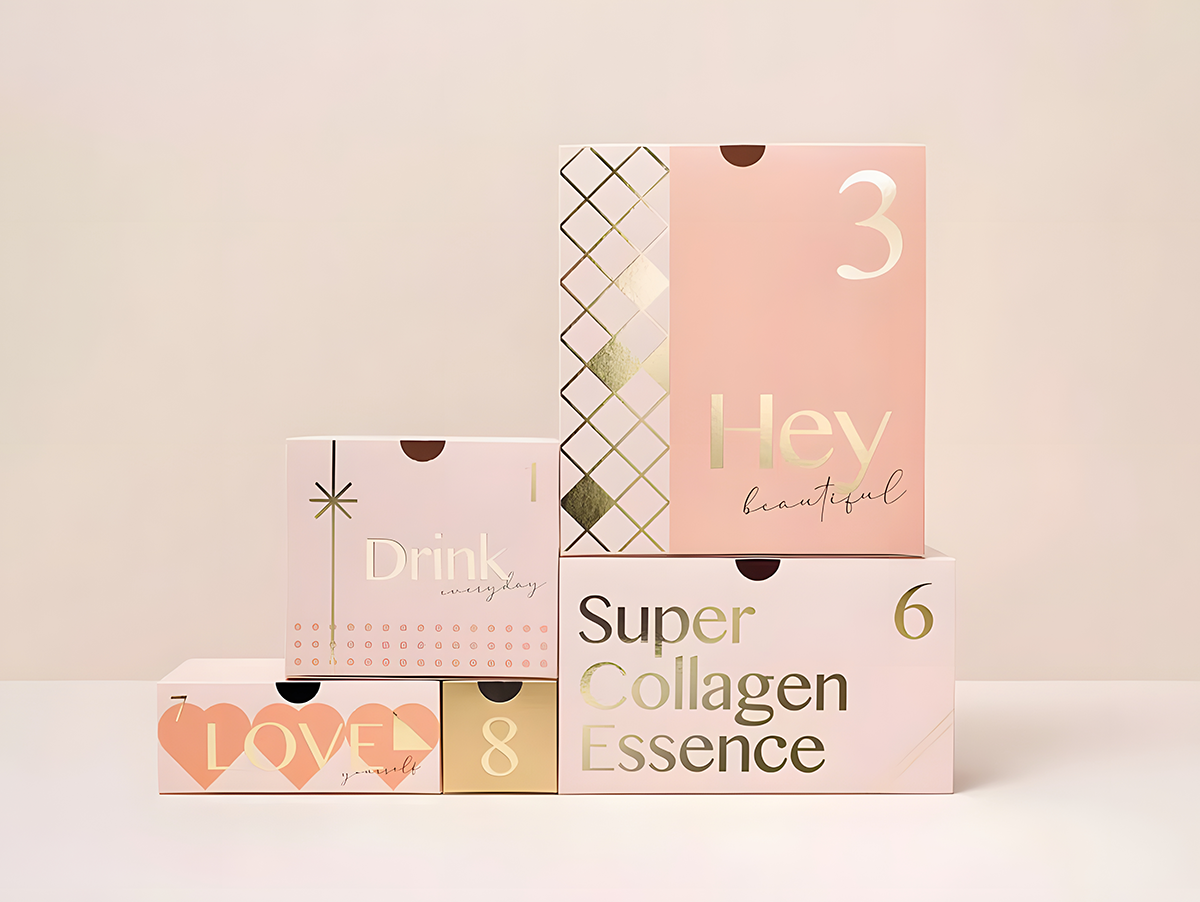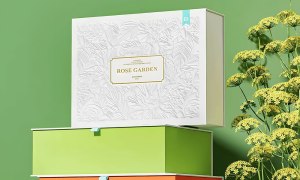A long-form guide for founders, procurement teams, packaging designers and brand managers who want to get printing and packaging right the first time.
Why Printing & Packaging Still Matter
For beauty, fragrance, home, gifting, and lifestyle brands, packaging is often the first real touchpoint your customer has with the product. A good design helps. But design alone does not make a successful package.
What determines real-world performance is:
- printing accuracy
- color stability
- paper selection
- structural engineering
- consistency in mass production
Over the past decade, we’ve supported hundreds of small and mid-sized brands and packaging studios. Many came to us after experiencing:
- color deviation between batches
- peeling coatings
- mismatched textures
- collapsed structures
- materials that didn’t match the product weight
- quality instability across suppliers
This guide summarizes what we wish every brand knew before entering production.
If it saves you even one reprint or one failed batch, it will have achieved its purpose.

01. The Printing Basics Every Brand Should Understand
Most junior teams only know CMYK. Professional packaging requires a deeper understanding of how color systems, coatings, and finishing techniques affect cost and feasibility.
01.1 CMYK vs Pantone (PMS): Choosing the Right Method
CMYK is suitable for:
- full-color artwork
- photos and gradients
- large-area visual graphics
- cost-sensitive runs
Pantone (PMS) is suitable for:
- brand colors that must stay consistent year to year
- premium or luxury lines
- logos, icons, and single-color elements
- long-term brand identity programs
A real case:
A brand insisted on printing a deep navy logo in CMYK. Results varied by batch—some slightly purple, others faded. Switching to Pantone stabilized the color immediately.
Read more about CMYK vs Pantone printing differences
01.2 Coating vs Lamination: More Than Just Shine
Many buyers treat them as interchangeable. They are not.
Coating (AQ, gloss/matte varnish, soft-touch varnish, UV):
- thin, protective
- cost-effective
- fast to produce
- good for retail cartons
Lamination (gloss/matte lamination, soft-touch lamination):
- thicker protective film
- higher durability
- stronger tactile effect
- better color protection
Read more about the difference between coating and lamination
01.3 Finishing Techniques That Elevate Packaging
Key methods include:
- Hot foil stamping – premium metallic accents
- Embossing / Debossing – tactile brand presence
- Spot UV – selective gloss for logos or patterns
- Soft-touch finishes – velvety feel, used in luxury categories
Read more about logo finishing techniques
01.4 The Importance of Surface Protection
All dark colors—Black, Navy, Chcolate-scratch easily.
Recommended solutions:
- Scuff-free varnish for dark retail boxes
- Soft-touch lamination for luxury boxes
- Matte lamination to minimize fingerprints
Insert image: comparison of black paper with and without scuff-free varnish.
02. Paper Materials: Where Most Packaging Problems Start
Over 90% of printing and structural issues relate to paper selection. Below is a practical breakdown for buyers and designers.
02.1 Common Papers and Their Best Use Cases
Art Paper (C1S, C2S, 157–350g) / SBS Paperboard
- stable for printing
- ideal for foldable cartons and sleeves
Greyboard (800–1800g)
- core material for rigid boxes
- directly affects stiffness and perceived quality
Kraft Paper
- eco-focused visual
- less suitable for precise printing
- great for natural or rustic branding
Specialty Papers
- textured papers
- recycled papers
- pearlized papers
- coated decorative papers
Read more about paper materials
Typical Problem:
A brand requested a large solid-black print on textured paper to achieve a luxury matte look. The result was patchy.
Why:
Textured surfaces absorb ink unevenly.
Fix:
Switch to coated art paper + soft-touch lamination for even coverage with the same premium feel.
Pro Tip:
Textured papers and kraft papers absorb ink more quickly and unevenly. Colors appear softer and details lose sharpness. If your design depends on bold colors or crisp lines, coated paper is the safer choice.
02.2 Inner Trays: The Unseen Part That Ensures Product Safety
Available materials:
- paperboard
- EPE / EVA / sponge foam
- PET blister
- molded pulp
Typical issue:
EVA foam can yellow over time. A fragrance brand experienced this after six months on shelf.
Solution: flocked cardboard tray for stability and longevity.
Read more about inner tray solutions
02.3 FSC & Sustainability Requirements
Retailers increasingly require:
- FSC-certified paper
- recycled-content paper
- traceability documentation
Note: Laminated packaging is not fully recyclable. Use lamination only when necessary for luxury positioning.
03. Box Structures: Matching the Structure to the Product
Correct box engineering lowers cost, improves user experience, and protects the product.
03.1 Rigid Boxes vs Foldable Boxes
Rigid Boxes
- premium appearance
- ideal for perfumes, cosmetics, luxury gifting
Foldable Boxes
- ship flat
- cost-efficient for volume production
- suitable for e-commerce packaging
Insert diagram: rigid vs foldable box structure comparison.


03.2 Foldable Magnetic Rigid Boxes: Premium Look With Better Logistics
These collapsible rigid boxes combine the presentation of traditional rigid boxes with flat shipping. They significantly reduce freight and warehouse cost while maintaining premium appeal.
Ideal for:
- growing brands
- agencies handling multiple SKUs
- subscription boxes
Read more about foldable magnetic gift boxes | collapsible rigid boxes
03.3 What Defines a “Luxury” Rigid Box
Luxury is achieved by:
- sharp, clean edges
- smooth wrapped paper
- correct greyboard thickness
- precise gluing
- proper lid-depth ratio
Read more about the rigid box production process
04. Production Process: What Buyers Must Know
This section reflects what happens on the factory floor—not theory.
04.1 Pre-Press: Where Most Issues Can Be Prevented
Checklist:
- CMYK or PMS confirmed?
- Correct bleed size?
- Outlined fonts?
- 300 DPI images?
- Foil stamping area within feasible range?
Real case:
A brand submitted 0.05mm foil text. It was not readable. The minimum recommended is 0.15mm.
04.2 Sampling: A Non-Negotiable Step
Two types:
- Digital sample – layout only
- Physical sample – materials, finishes, structure
Skipping sampling risks the entire production run.
04.3 What Happens During Mass Production
- printing
- coating / lamination
- die cutting
- greyboard cutting (rigid boxes)
- gluing and forming
- assembly
- quality inspection
Insert illustration: production flowchart.
05. Cost Optimization: Reduce Cost Without Lowering Quality
Smart buyers lower cost through engineering—not shortcuts.
05.1 Choose the Correct Paper Thickness
Example:
157g art paper + 800g greyboard is sufficient for standard perfume packaging.
Using 1200g greyboard adds cost without functional benefit unless the product is heavy.
Read more about reducing packaging costs
05.2 Minimize Excessive Finishes
To stay within budget:
- keep foil to the logo
- avoid full-area embossing
- remove unnecessary spot UV
05.3 Consolidate SKUs
Five fragrances don’t require five unique box structures.
Reuse the same structure and vary only:
- sleeves
- printed wraps
- labels
This often saves thousands in tooling and production setup.
06. Common Packaging Mistakes (and How to Avoid Them)
Based on real buyer experiences.
- Treating packaging as a design-only task
Engineering is equally important. - Materials that contradict the brand
Example: glossy lamination for eco brands. - Over-engineering without purpose
Magnets, ribbons, or heavy boards when they add no functional value. - Not testing with the actual product weight
A 200g candle requires proper support. - Approving artwork without checking feasibility
Foil too small, reverse text too thin, colors impossible on uncoated papers.
07. When a Boutique Packaging Supplier Is the Better Choice
Large factories excel in volume.
Boutique manufacturers excel in detail and consistency.
Work with a boutique supplier if you need:
- flexible MOQs
- fast sampling
- detailed structural guidance
- accurate color management
- close communication
- stable quality in small to mid-size production
Perfect for:
- emerging beauty & fragrance brands
- design agencies
- boutique retailers
- subscription box companies
Packaging success is:
20% design, 30% materials, 50% manufacturing execution.
This is where boutique suppliers stand out.
Conclusion
Printing and packaging are not just the final step—they are part of your product and your brand promise. Understanding materials, structures, finishes, and printing methods saves cost, prevents risk, and ensures the final product delivers the experience your customer expects.
Bookmark this guide. Share it with your team. And use it every time you begin a new packaging project.
📩 Ready to develop your next packaging project? Let’s talk.



